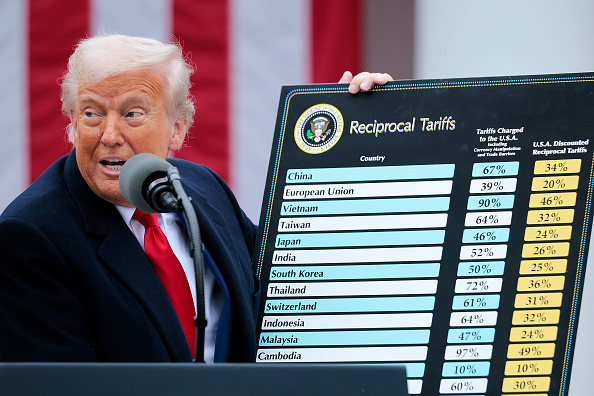Ask a banker what he would do when the financial markets nosedive and he will probably tell you that he hoards cash. In times of an economic downturn, cash is king and it is easy to understand why many organisations hunker down, reduce costs and try to ride out the storm.
Two principal areas of the business to feel the full brunt of this approach are human resources and marketing.
When markets collapse resulting in a decline in sales or services, organisations are left with an excess of staff they feel hard justified to retain. So the cull begins and many people are let go. I don’t know any manager who enjoys doing it, but shareholders have little time for sympathy, particularly if retention of staff leads to a decline in corporate products.
Marketing goes the same way. Promotional costs are slashed and the shutters go down, almost as if the company doesn’t want to be seen by the outside world.
A change in management tactics are often adopted as companies endeavour to turn themselves around. But a change in management is not simply a process of reducing head count and rearranging management and employee responsibilities. It is a coordinated, reiterative process aimed at improving long-term profitability, in addition to enhancing employee motivation, value and self-esteem.
Survival of the fittest
In any economic downturn companies have two basic choices: they either change their strategies to thrive, or batten down the hatches to survive.
Irrespective of which approach is taken, there are cost involved in adopting either choice. Success depends on how those costs are managed and the strategic approach taken by management. An equally important consideration is that strategies based on thriving tend to engender a positive attitude in the company, whilst battening down the hatches and reducing costs tends to have the opposite effect.
Companies that concentrate on meeting short-term targets will often pay a price for their frugality when the economy turns around since it is not clear what the long-term impact of their cost cutting will be.
There have been plenty of examples where staff are let go only for management to find that they are unable to recruit the necessary skills when required in the future. It can be counterintuitive for companies to adopt the ‘thrive’ approach but this is exactly what I am seeing with some organisations today, even though the immediate costs are usually greater.
Konosuke Matsushita, the humanitarian and founder of giant electronics company Panasonic, survived at least two major recessions. His approach to economic turmoil was to task his workforce to find ways of trading out of difficulty.
He never endorsed the intuitive retrenchment approach. Matsushita believed that maintaining a common sense of purpose and vision within the company, and encouraging greater entrepreneurial freedom within the organisation, to find new opportunities, was the way forward. It takes a brave business leader to adopt this approach but the dividends can be enormous.
Slash and burn
Not so long ago I was invited by the CEO of a plc to sit in on an important management meeting. The executive team and department heads were discussing the losses the company had experienced over the preceding three quarters – something that had never happened in the company’s 15 year history – in a lively and sometimes heated debate.
The decisions they were rapidly coming to was that there would have to be an immediate 10 per cent reduction in costs across all departments – which would include a drastic cut in staff numbers – marketing and PR budgets would have to be slashed, anything but essential travel was to be banned, and the traditional company Christmas party cancelled.
The CEO remained quiet for much of the time, listening to the discussions between his managers, crunching numbers on his calculator and jotting down notes. After almost five hours, he brought the discussions to a halt, rose and quietly walked around the room, contemplating his notes. The silence was deafening. Then he addressed all those present.
“We are not going to lose anyone from this company, we are certainly not going to stop promoting our business, we will continue with the current training programmes, and we will most certainly have our Christmas party.” He tasked everyone to think about this and to come up with some innovative ways of achieving the company’s long-term objectives.
These would then be discussed the following day. That evening, he quoted me a proverb: ‘If we know a storm is coming, we make sure that we have ample firewood and we feed the fire with as much wood as we need.’ What he was not prepared to do was seal all the doors and huddle around the fire using as little wood as necessary just to stay warm.
The following day, the CEO’s demand for innovative thinking served to visibly engage every single member of that management team. It was galvanising, doable and, most interestingly, completely counterintuitive, not only for the team but also the business.
That meeting was almost three years ago and since then the company has captured market share and acquired two companies. They have created value, nurtured their culture and developed an amazing spirit. The company is surviving because management was able to get past the common practice of intuitive thinking.
See also: Constructive cost-cutting






